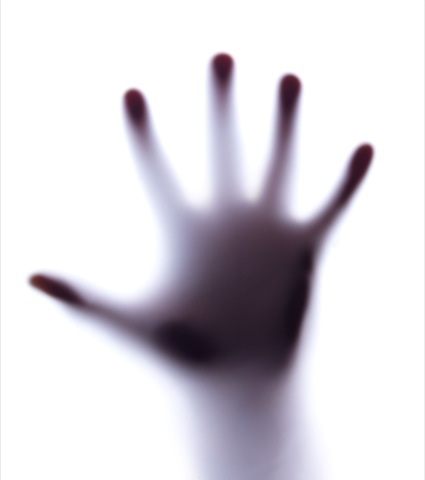Slide 1 of 4: Introduction
Author: Ronald J. Comer

Princeton University
Press the Next button to start this activity
Slide 2 of 4: 10.1 Assessing Psychopathy
This video offers a clinical picture of psychopathy (sociopathy) and demonstrates a leading tool for assessing this antisocial pattern. The video focuses on the work of Robert Hare and shows the “Hare Psychopathy Checklist.” As you watch the video, you will see how well clinicians can predict criminal or violent behavior.
- Chapters
- descriptions off, selected
- captions settings, opens captions settings dialog
- captions off, selected
- English Captions
This is a modal window.
Beginning of dialog window. Escape will cancel and close the window.
End of dialog window.
This is a modal window. This modal can be closed by pressing the Escape key or activating the close button.
This is a modal window.
Assessing Psychopathy
A leading researcher in the study of psychopathy is Dr. Robert Hare, a psychologist at the University of British Columbia. Dr. Hare has spent much of his career in a search to identify and understand the behavioral characteristics and personality traits of the psychopath. His recent book, Without Conscience, summarizes this research.
We can describe a psychopathic or psychopathy as a clinical construct characterized by a cluster of characteristics and features. And the cluster would include interpersonal characteristics-- how we deal with other people, how the individual interacts with somebody else-- affective characteristics-- feelings, emotions-- and other behaviors, including socially deviant behaviors.
Psychopaths are often described as callous, impulsive, manipulative, glib, egocentric, predatory, grandiose, and lacking empathy and emotional affect. Hare's study of what makes up a psychopathic personality has taken him down many avenues of scientific inquiry.
I've been working in this area for quite a long time. And for the first 10 or 15 years, I, like most other researchers and clinicians, was very frustrated by the fact that we didn't have some sort of standardized measure of this particular construct. People intuitively knew what they were talking about. If one read Hervey Cleckley's book, The Mask of Sanity, for example, you would have a pretty good idea about what a psychopath is. But how do you communicate that to somebody else? The problem is that we have never had a proper measuring tool for assessing this particular disorder.
In the early 1980s, Hare and his colleagues developed a psychometric test now known as the Psychopathy Checklist Revised. Consisting of a 20 item rating scale, the checklist measures such things as goodness, superficial charm, cunning, manipulative behavior, lack of remorse or guilt, shallow affect, callousness, lack of empathy, impulsiveness. Each item is scored on the basis of explicit criteria contained in the manual.
Possible scores on the scale range from 0 to 40. For the average person, a typical score would be 5. Anyone with a score of 30 or above would be considered a psychopath.
So I'm going to start with asking you some questions about your behavior when you were young. Did you ever do anything? Did you ever get in trouble at school?
To assess a subject, a trained clinician integrates information from a person's file and other collateral data. It is estimated that about 1% of the population may have the disorder. Many, like Pat [? Frizzell ?], imprisoned for violent crimes, are denied parole. They are three times more likely to reoffend and four times more likely to violently reoffend. The checklist is widely used around the world and has proven both reliable and valid as a predictor of criminal and violent behavior.
Because psychopaths are high risk for breaking the law, many end up in jail. Of inmates serving sentences for violent crimes, about 20% score high on the psychopathy checklist. It is a disturbing fact, however, that the great majority of psychopaths are out in the real world undetected. They live on the narrow margins of the law, often engaging in cold blooded and predatory behavior. These individuals cause incalculable damage to other people.
Slide 3 of 4: 10.2 Check Your Understanding
Slide 4 of 4: 10.3 Activity Completed!
Activity results are being submitted...